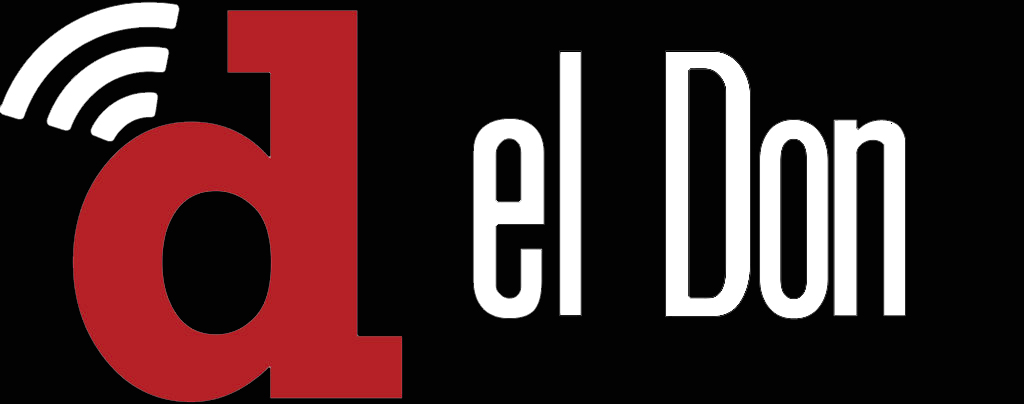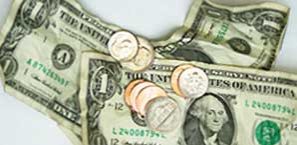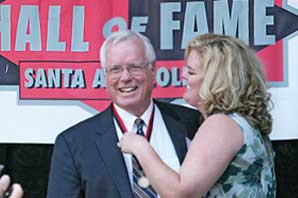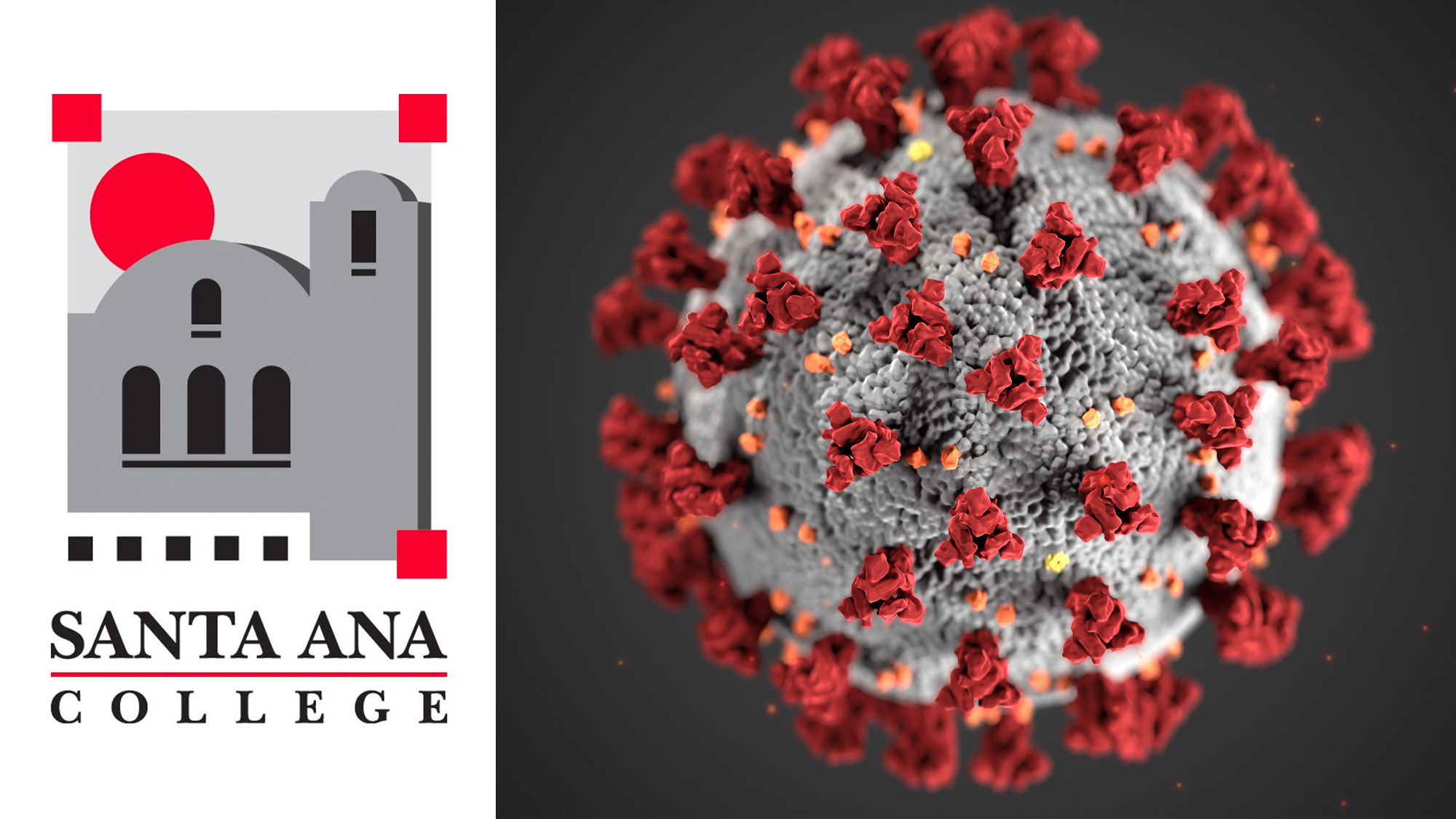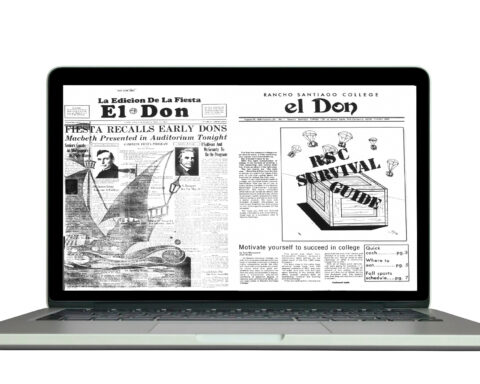It’s an unusually busy Wednesday night at your favorite restaurant. Here you are, eyeing your waiter as he drops off the check.
It’s your turn to pick up the tab, so you panic and start to think: four cocktails, four meals, the appetizer. How much did we eat?
“Can I get you guys anything else before you take off?” barely registers in your brain as he walks away to retrieve a few to-go boxes.
You look at the total: $74.43. Four $20s come out of your wallet and you flag down your waiter as he juggles drinks in one hand and a large, teetering tower of plates in the other. He was great all night, taking care of everything you needed in spite of his six other tables. If you waited for anything, it was the kitchen, not him. You then carelessly set the check tray on his stack of saucers and tell him to keep the change.
“I see it all the time,” says Cody Neher, an employee at Red Robin in Orange. “Servers get three bucks on $70 and it sucks.”
Local restaurants have noticed a disheartening trend over the past few months — busier shifts that come with a decline in tip percentage.
These restaurants are busier than they have been in months, leading some employees to wonder what can be done to solve this problem.
Lately several local eateries have implemented an automatic gratuity of 18 percent for tables with a group of diners, in an attempt to put more money in the pockets of servers.
Red Robin will be implementing its new policy in May, and Chili’s has been in place for a few months, manager Sylvia Ramos said. These new policies add on 18 percent for parties of eight or more.
But automatic gratuity is a sticky business to get in to.
Employees may begin to expect the tip and slack off. The real issue comes to light when a waiter or bartender gives quality service and is given a less than adequate tip.
Some customers argue that in a weaker economy, it’s acceptable to tip less than 15 percent, or even closer to 10 percent. Fullerton resident Gina Stephenson said that much of the time she “just can’t see what the need is to leave more than a few bucks, especially in this economy.”
This reasoning is eating into employee’s pocketbooks; because of California tax laws, servers are required to claim their tips as income and a portion of their paycheck is deducted each pay period.
This leaves them with an hourly rate that’s less than minimum wage.
Employees rely on their tips as a primary source of income, and a below-average tip is like asking the employee to do the same amount of work and give the same attentive service but for less pay.
The only instance when a below average tip is warranted is for rude or subpar service.
TIPPING POINTS:
- Pay for food, tip for service.
- Learn how to calculate the customary 15-20 percent. Often, it’s a server’s main income.
- Smart phones have apps that calculate the correct amount of tips based on your tab.
- If you can’t afford to tip based on your tab, eat somewhere where you can.
- The two-party system is failing us. - October 19, 2024
- Read our Fall 2023 Print: Vol. 100 No. 1 - October 23, 2023
- Santa Ana College Awarded State Department of Finance Grant - April 2, 2015
